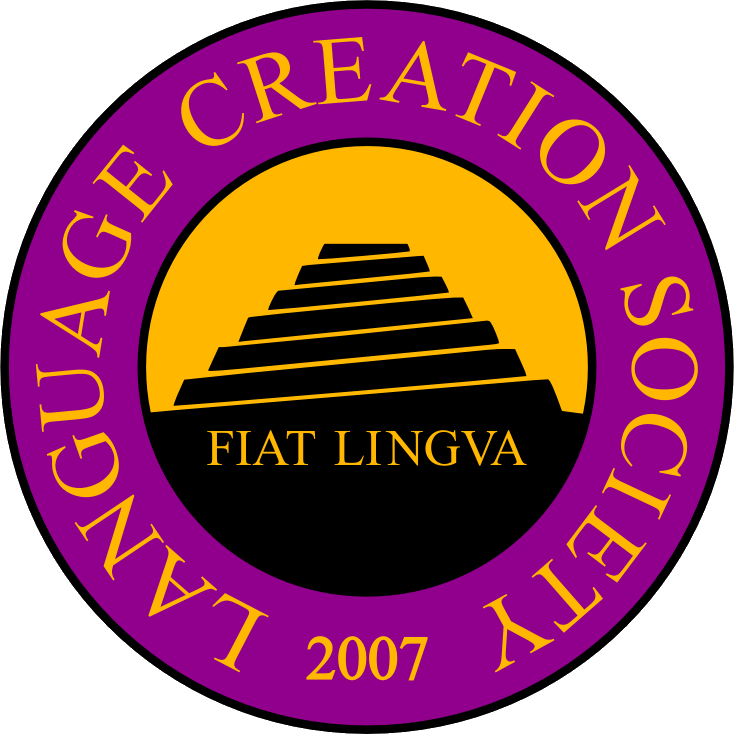Non-pIqaD version:
pab naQ mu'mey law' je ngaSbogh Hol Dun 'oHbej tlhIngan Hol'e'. HoSghajqu'mo' 'oH che'laHbe' qech ghajwI' chut. tlhIngan Hol jatlhlu'DI' bIjlaH bo'DIj 'op ret 'e' wuqpu' pa'ra'mon malja'. DaH wuqHa'pu'mo', maQuch. tlhoy tlhIngan Hol jatlhwI'pu' moH 'e' nIDpu' pa'ra'mon malja', vaj majangchu'.
Word by word:
grammar complete word-PL many and contain-which language wonderful it_is-clearly Klingon language-TOP. be.powerful-very-because rule-can-not idea owner law. Klingon language speak-someone-as_soon_as punish-can court some time_ago that decide-PFV Paramount business. now decide-un-PFV-because, we-happy. overly Klingon language speak-er-PL influence[slang] that try-PFV Paramount business, thus we-answer-clearly.
Grammatical markers: TOP = topic; PL = plural; PFV = perfective
Translation notes:
The verb “moH” in Klingon is a slang expression and means ‘to influence’ or ‘to exert undue influence on’ as stated in the book Klingon for the Galactic Traveler.
The name pa’ra’mon for “Paramount” is not canon. To the best of our knowledge, Klingon does not yet have a canon word for “Paramount”, however, the transliteration as pa’ra’mon follows the general phonetic and phonological rules for naming a foreign entity (eg. qIrk “Kirk” or qa’naDa’ “Canada”). This is used to show how Klingon is a complete grammatical system which can be understood, and used, by anyone willing to learn that system.
How to embed our Klingon statement on your page with Klingon font (“pIqaD”):
- Add this to your CSS:
@font-face { font-family: 'KApIqaD'; src: url('https://hol.kag.org/bs/css/fonts/kapiqad.eot'); src: url('https://hol.kag.org/bs/css/fonts/kapiqad.woff') format('woff'), url('https://hol.kag.org/bs/css/fonts/kapiqad.ttf') format('truetype'), url('https://hol.kag.org/bs/css/fonts/kapiqad.svg') format('svg'); font-weight: normal; font-style: normal; } @font-face { font-family: 'pIqaD'; src: url('https://hol.kag.org/bs/css/fonts/pIqaD.eot'); src: url('https://hol.kag.org/bs/css/fonts/pIqaD.woff') format('woff'), url('https://hol.kag.org/bs/css/fonts/pIqaD.ttf') format('truetype'), url('https://hol.kag.org/bs/css/fonts/pIqaD.svg') format('svg'); font-weight: normal; font-style: normal; } .klingon { font-family: 'KApIqaD' } .klingon div,.klingon span,.klingon p { font-family: 'KApIqaD' } .klingon-unicode { font-family: 'pIqaD' } .klingon-unicode div,.klingon-unicode span,.klingon-unicode p { font-family: 'pIqaD' } - Alternatively (and more reliably — that’s what we are doing), download this font pack, make it available on your website, and alter the URLs accordingly.
- Put all Klingon in a separate <span>, <p>, or <div> with the klingon class, using either the Unicode or xifan methods.
- For Unicode font version:
<span class="klingon-unicode"> </span> - For ASCII (xifan) font version:
<span class="klingon">pab naq muzmey lawz je fasbog hol dun zohbej xifan holzez. hosgajkuzmoz zoh cezlahbez kec gajwiz cut. xifan hol jaxluzdiz bijlah bozdij zop ret zez wukpuz pazrazmon maljaz. dah wukhazpuzmoz, maquc. xoy xifan hol jaxwizpuz moh zez nidpuz pazrazmon maljaz, vaj majafcuz.</span>
- For Unicode font version:
- Result:
